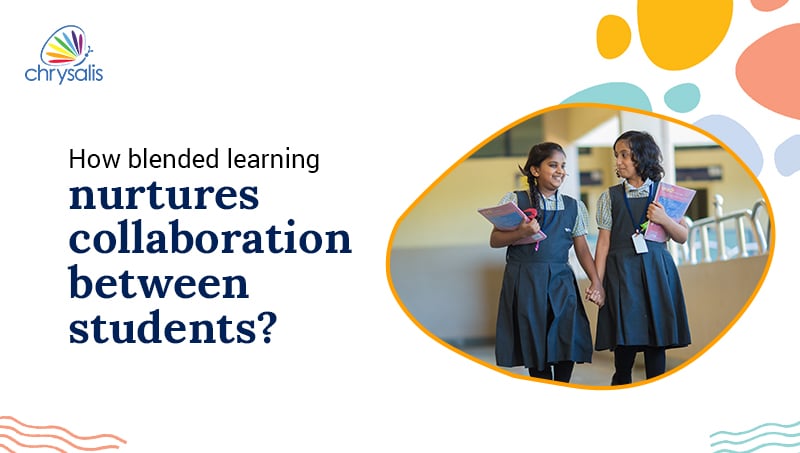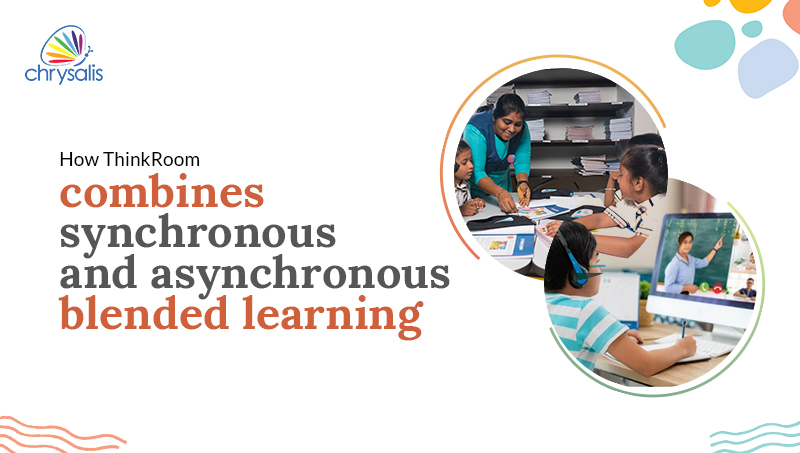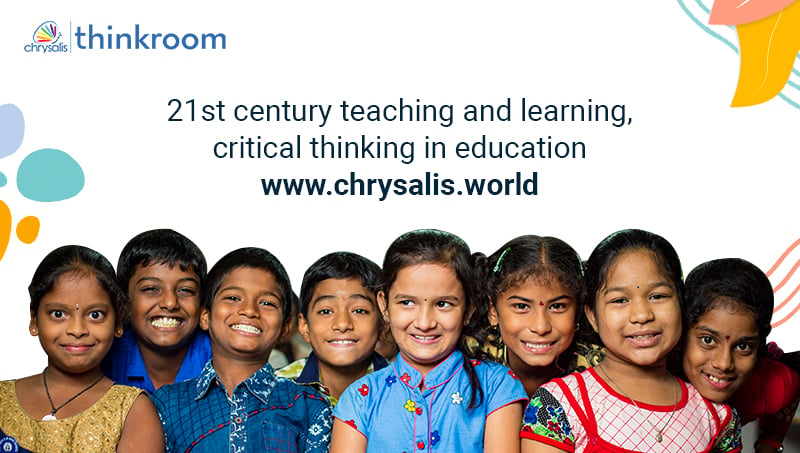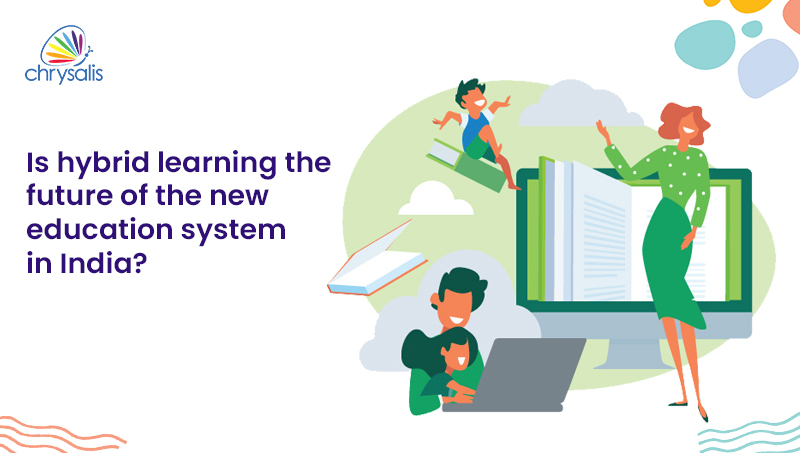Though the word ‘collaboration’ sounds like a corporate buzzword, it is one of the most important qualities that students need to excel in this competitive world. To nurture collaborative learning in children, it is not necessary that they have to be always physically present with each other. Blended learning is a progressive teaching style that through in-class and virtual learning can foster collaboration among your students. But first of all, why do students need to develop collaborative skills? Students with good collaborative skill are able to:
- Demonstrate better social networking skills
- Are flexible in accommodating others’ point of views
- Recognise and respect diverse people and viewpoints
- Know how to receive and give feedback positively
- Contribute to the team in meaningful ways
- Identify group conflicts and learn to resolve them
- Assume shared responsibility for collaborative work
Here’s how a good blended learning programmes like ours nurtures collaboration among students:
- Group activities: Unlike traditional methods of teaching that allow one-way communication, blended learning is interactive. Engaging and relevant activities are attached to the lesson. These activities can be done in pairs or small groups. Working on an assignment with fellow students is not just fun but also encourages students to listen to others and share their own thoughts. Having a connection with teammates not only encourages collaboration but also sustained creative learning.
- Interaction after school: In a traditional set-up, collaboration among students stops once they step outside the classroom. This does not happen with a blended learning format. Students can take part in quizzes and interactive games through ThinkRoom studios even after going home. Our digital tools allow students to interact and easily build on each others’ work from home.
- Peer-to-peer feedback: In blended learning, there are many activities that are done in small groups. This gives students a chance to review each other’s work. This peer-to-peer review provides students opportunities to learn from each other and even collaborate. After students complete an assignment, students have to work together to check each other's work and give comments to the peer partner. Peer feedback can be in the form of corrections, opinions, suggestions, or even ideas to each other. This is done before the assignments are handed to the teacher for grading. This peer-to-peer interaction is a two-way process that promotes collaboration.
Bring progressive teaching methods to your school
Chrysalis ThinkRoom is one of the best blended learning programmes that equip teachers with progressive teaching methods. The blended learning programme helps students to develop the joy of learning through interactive activities. It helps teachers to adopt innovative ways of teaching. To know how our ThinkRoom programme can help your students excel, schedule an appointment.




